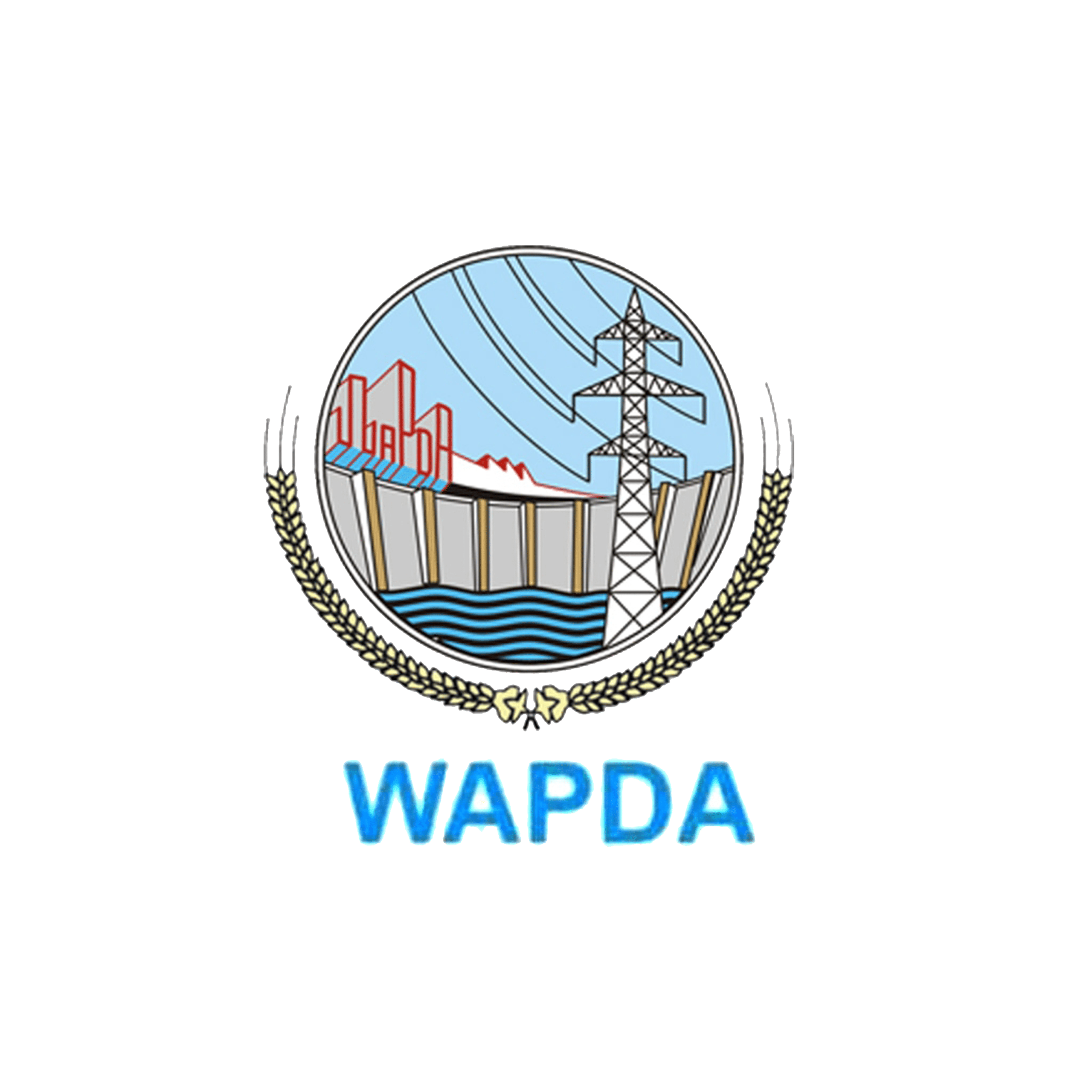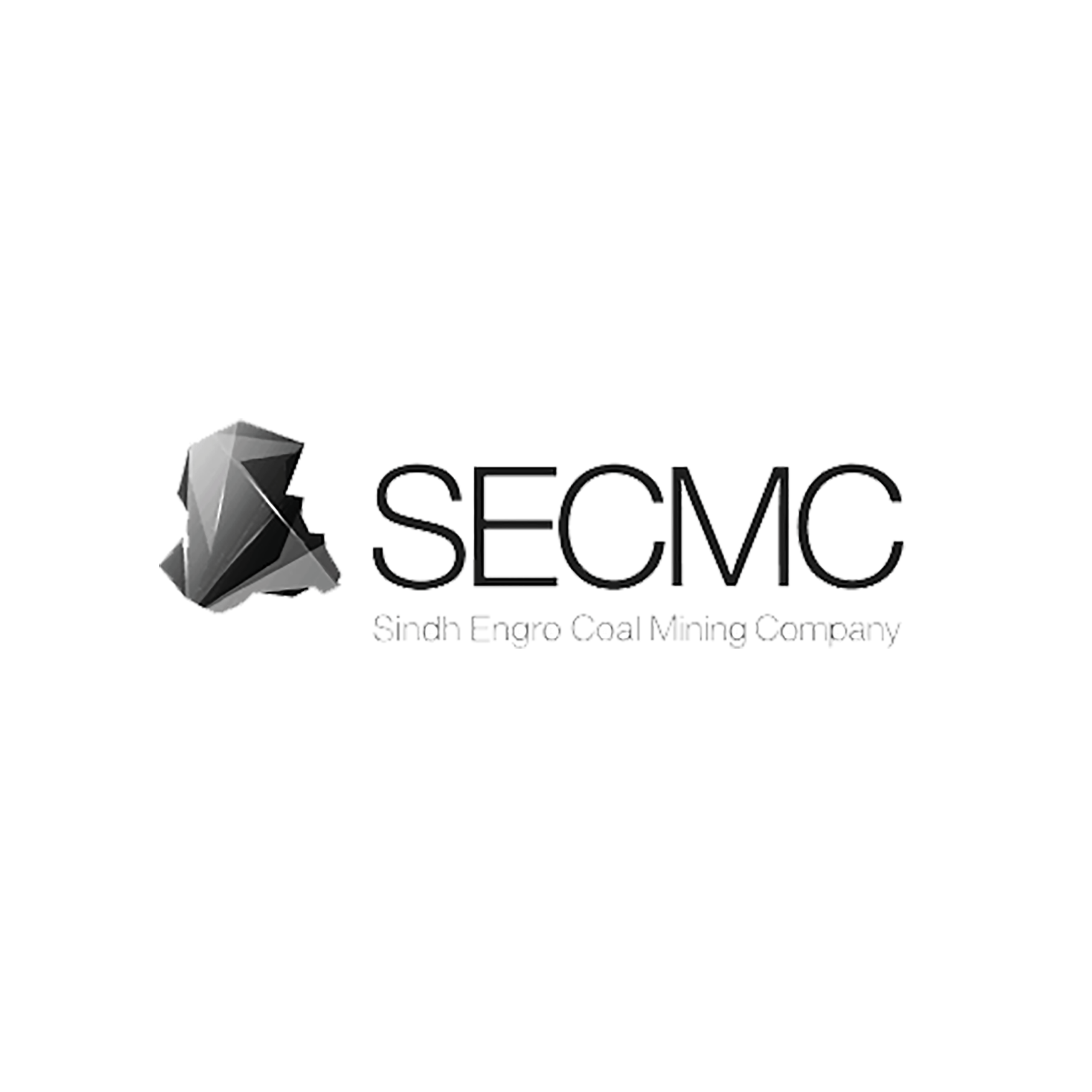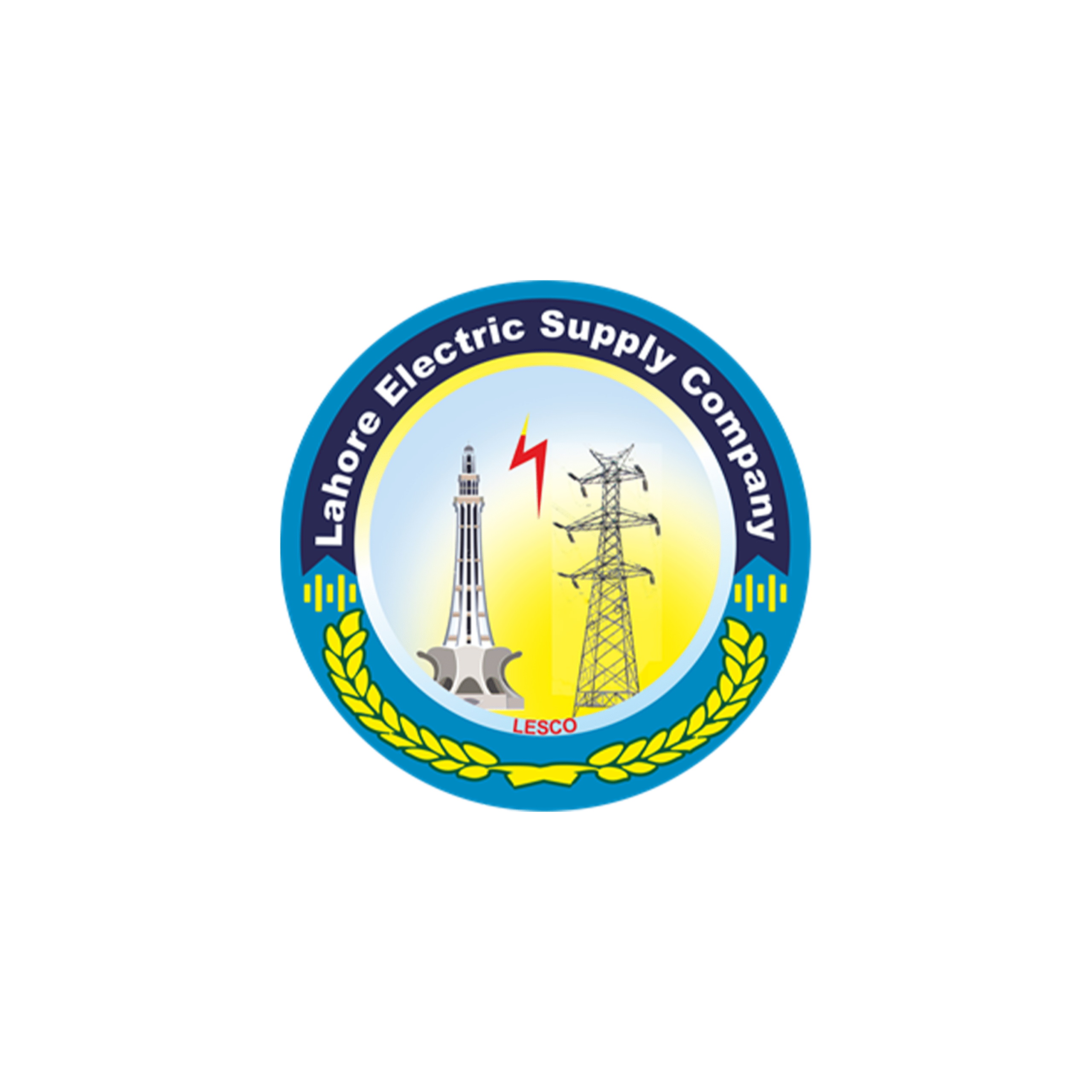Our accreditation and approval from multiple international bodies enable us to provide trainings with standard. Get Your Certification NOW!
Our learning adviser will call you soon.
ISO 14001 is an internationally recognized standard for Environmental Management Systems (EMS). It provides a framework for organizations to improve their environmental performance through resource efficiency, waste reduction, and pollution prevention. Developed by the International Organization for Standardization (ISO), this standard is designed to help businesses of all sizes implement policies and procedures that reduce their environmental impact while ensuring legal compliance.
This is standard is updated in 2015, ISO 14001:2015 is generally used across the globe and sets a benchmark for environmental management practices. we provide ISO 14001 consultancy services in Lahore, Islamabad and Karachi, Pakistan to organizations of all sizes and industries for free quote Contact Us.
Achieving ISO 14001 certification is crucial for organizations aiming to improve environmental responsibility and compliance. EMS Certification proves your commitment to sustainability, which can develop brand reputation, build customer trust, and compliance with environmental regulations. ISO 14001 certification in Pakistan can:
Implementing ISO 14001 certification rewards your organization with these benefits:
Abacus International as a best ISO consultancy service provider in Lahore, Islamabad, and Karachi, Pakistan helps your organization to achieve ISO 14001:2015 certification. Here’s what we provide:
Abacus International is leading ISO 14001 consultancy service provider in Pakistan. We have 7+ years of proven track record of helping clients like WAPDA, Engro energy, LESCO, DC Cement and many more in archiving ISO 14001 certification. We assist your organization at every step, from initial assessments to external audit preparation, to meet ISO 14001 standards. Our HSE consultants have 17+ years of experience in the field, that simplify the certification proces.
We understand that every organization is unique. That’s why we offer customized HSE consultancy services designed to address your specific challenges and goals. Our dedication to quality and client satisfaction ensures you receive the best possible support throughout the certification process.






The duration of the consultancy depends on the organization’s size, industry, and existing environmental practices. Most of the project takes 3 to 6 months to complete consultancy.
ISO 14001 certification is valid for three years, with surveillance audits conducted annually to ensure ongoing compliance and effectiveness.
The ISO 14001 cost depends on your organization’s size and specific requirements. Contact us for a free customized quote.